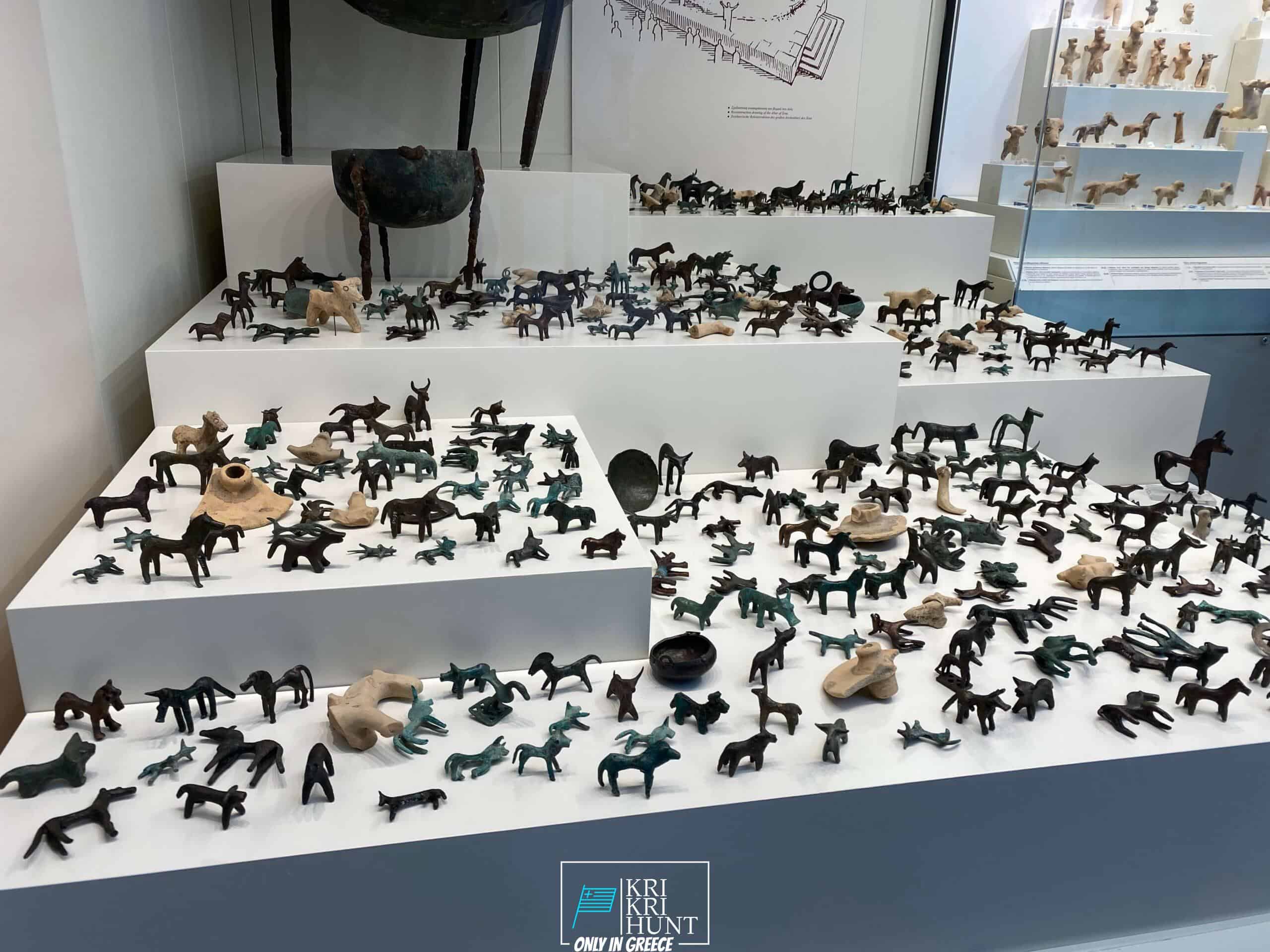Hunting for Kri Kri ibex, fishing and cost-free diving on Sapientza island, Greece
Hunting for Kri Kri ibex, fishing and cost-free diving on Sapientza island, Greece
Blog Article

Searching for Kri Kri ibex in Greece is an incredible searching expedition as well as fantastic trip all in one. Ibex hunting is generally a severe experience, yet not in this situation! Dive to shipwrecks and also spearfishing in ancient Greece, or take pleasure in ibex searching in an exotic area are simply a few of the things you could do throughout a week lengthy ibex searching trip in Greece. Can you consider anything else?

This Ibex is not a little Capra aegagrus bezoar ibex, which has moved to the western extremity of this varieties' range. The kri-kri (Capra aegagrus cretica), likewise called the Cretan goat, Agrimi, or Cretan ibex, is a feral goat living in the Eastern Mediterranean. The kri-kri has a light brownish coat with a darker neck collar. 2 sweeping horns task from the head. During the day, they conceal to stay clear of vacationers. In nature, the kri-kri can leap or climb apparently large cliffs.
What to Expect on a Peloponnese Tour? You can anticipate to be blown away by the natural charm of the location when you reserve one of our hunting and touring Peloponnese Tours from Methoni. From the immaculate coastlines to the forests and hills, there is something for everybody to appreciate in the Peloponnese. On top of that, you will certainly have the opportunity to taste several of the very best food that Greece has to supply. Greek cuisine is renowned for being scrumptious as well as fresh, and you will definitely not be dissatisfied. One of the most effective parts concerning our trips is that they are made to be both enjoyable and educational. You will certainly learn about Greek history and also culture while likewise reaching experience it firsthand. This is an amazing chance to submerse yourself in everything that Greece needs to offer.
Look no even more than the Sapientza island in Greece if you are looking for Kri Kri ibex hunt and also extraordinary vacation location. With its stunning all-natural appeal, scrumptious food, as well as rich society, you will not be disappointed. Reserve one of our searching and visiting Peloponnese Tours from Methoni today, dot forget your prize Kri Kri ibex!
What is the diference between Kri Kri ibex, Bezoar ibex and hybrid ibex
The kri-kri is not thought to be indigenous to Crete, most likely having been imported to the island during the time of the Minoan civilization. Nevertheless, it is found nowhere else and is therefore endemic to Crete. It was common throughout the Aegean but the peaks of the 8,000 ft (2,400 m) White Mountains of Western Crete are their last strongholds–particularly a series of almost vertical 3,000 ft (900 m) cliffs called ‘the Untrodden’—at the head of the Samaria Gorge. This mountain range, which hosts another 14 endemic animal species, is protected as a UNESCO Biosphere Reserve. In total, their range extends to the White Mountains, the Samaria National Forest and the islets of Dia, Thodorou, and Agii Pandes.
This Ibex is NOT a diminutive form of the Bezoar Ibex, which has migrated into the western-most reach of the range of this species. The kri – kri (Capra aegagrus cretica), sometimes called the Cretan goat, Agrimi, or Cretan Ibex, is a feral goat inhabiting the Eastern Mediterranean, previously considered a subspecies of wild goat. The kri-kri has a light brownish coat with a darker band around its neck. It has two horns that sweep back from the head. In the wild they are shy and avoid tourists, resting during the day. The animal can leap some distance or climb seemingly sheer cliffs.
“The agrimi goat Capra aegagrus cretica is unique to Crete and its offshore islands. It has been identi®ed as a sub-species of the wild bezoar goat Capra aegagrus aegagrus Erxleben, 1777, which it closely resembles in horn shape, body form and coloration. This classi®cation has been disputed by some researchers who claim that the agrimi are feral goats, derived from early domestic stock brought to the island by the ®rst Neolithic settlers. In order to clarify this issue, DNA analyses (cytochrome b and D loop sequences) were carried out on tissue of live and skeletonized agrimi and compared to sequences of wild and domestic caprines. Results conclusively show the agrimi to be a feral animal, that clades with domestic goats (Capra hircus) rather than with wild Asiatic bezoar. This study demonstrates that morphometric criteria do not necessarily re¯ect genetic af®nities, and that the taxonomic classi®cation of agrimi should be revised.”
Report this page